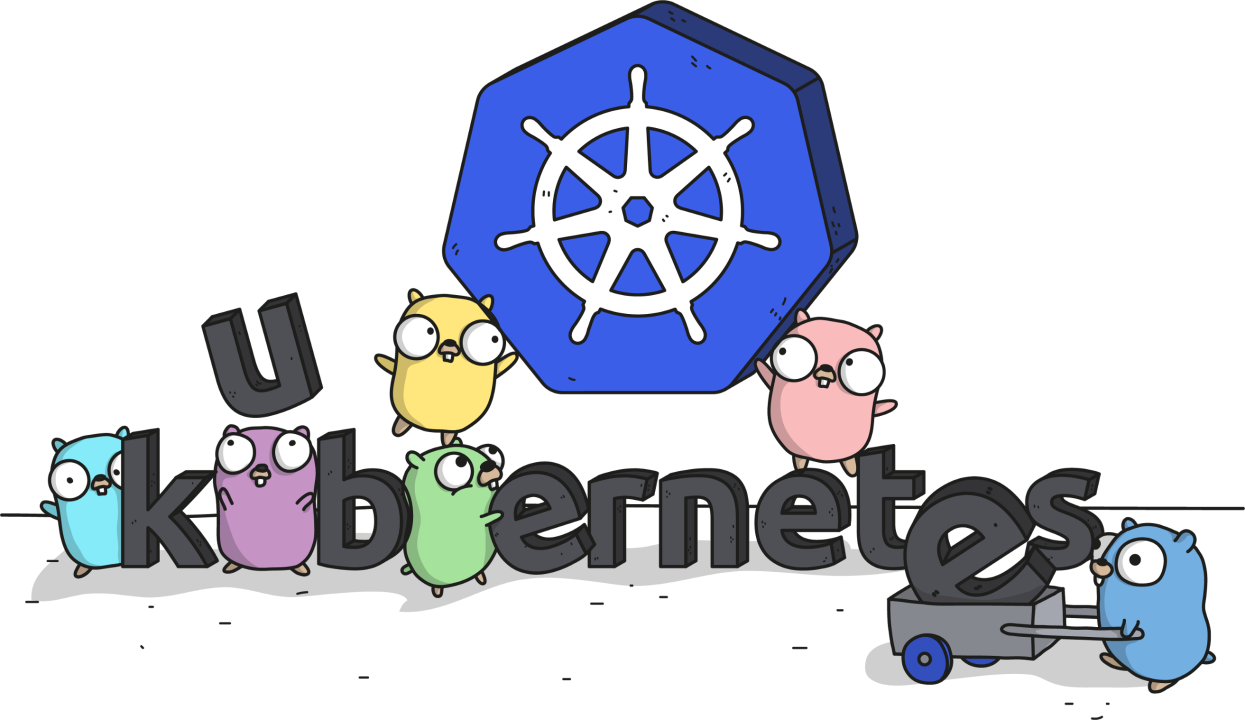Kubernetes is an open-source platform designed to automate the deployment, scaling, and operation of application containers. When working with Kubernetes clusters, particularly in dynamic cloud environments, it’s crucial to monitor the node versions for compatibility and stability. Using Golang to interface with Kubernetes provides developers with a powerful, programmatic way to interact with Kubernetes nodes, services, and resources.
In this guide, we will explore how to retrieve the version of a node in Kubernetes using Golang. Whether you’re managing a fleet of nodes or just monitoring a single cluster, this step-by-step tutorial will help you extract node version information using the Kubernetes client-go package, the official Go client for Kubernetes.
Prerequisites
Before diving into the code, you need to ensure that your environment is properly set up. Here’s a checklist of what you’ll need:
- Golang installed (preferably version 1.17 or higher).
- Kubernetes cluster access: Ensure you have the necessary access to the Kubernetes cluster and that
kubectlis configured properly. - Kubernetes client-go library: This is the official Go client for interacting with Kubernetes.
Installing the Kubernetes Client-Go Package
The client-go package is a Go client library for interacting with the Kubernetes API. It is necessary for retrieving any kind of information from the Kubernetes API, including the version of a node.
To install the client-go package, use the following command:
go get k8s.io/client-go@v0.27.1
You can also install the dependencies using Go modules by creating a go.mod file:
go mod init example.com/k8s-node-version
go mod tidy
This will automatically install the required dependencies for your project, including the client-go package.
Setting Up a Kubernetes Client in Golang
To interact with a Kubernetes cluster in Go, you first need to set up the Kubernetes client. The client will communicate with the Kubernetes API server to retrieve the node version.
Below is an example of how to initialize the client using the Kubernetes client-go library:
package main
import (
"context"
"flag"
"fmt"
"path/filepath"
"k8s.io/client-go/kubernetes"
"k8s.io/client-go/tools/clientcmd"
metav1 "k8s.io/apimachinery/pkg/apis/meta/v1"
)func main() {
// Load the kubeconfig file
kubeconfig := filepath.Join(
homeDir(), ".kube", "config",
)
config, err := clientcmd.BuildConfigFromFlags("", kubeconfig)
if err != nil {
panic(err.Error())
}
// Create the clientset
clientset, err := kubernetes.NewForConfig(config)
if err != nil {
panic(err.Error()) }
// Retrieve the nodes in the cluster
nodes, err := clientset.CoreV1().Nodes().List(context.TODO(), metav1.ListOptions{})
if err != nil {
panic(err.Error())
}
// Iterate over each node and print its version
for _, node := range nodes.Items {
fmt.Printf("Node Name: %s, Kubernetes Version: %s\n", node.Name, node.Status.NodeInfo.KubeletVersion) }
}
func homeDir() string {
if h := os.Getenv("HOME"); h != "" {
return h
}
return os.Getenv("USERPROFILE") // For windows
}
Understanding the Code
Let’s break down the key parts of the code:
- Loading the kubeconfig file: The kubeconfig file contains the configuration for accessing the Kubernetes cluster, including the API server address, authentication information, and contexts. This file is typically located in
~/.kube/configon Linux or macOS systems.kubeconfig := filepath.Join(
homeDir(), ".kube", "config",
)
config, err := clientcmd.BuildConfigFromFlags("", kubeconfig)
- Creating the Kubernetes client: Once the kubeconfig file is loaded, the client configuration is passed to
NewForConfigto create aclientset. Thisclientsetallows you to interact with different resources in the Kubernetes API, such as nodes, pods, and services.clientset, err := kubernetes.NewForConfig(config)
- Listing Nodes: The Kubernetes API has different resource types, and the CoreV1 API is used to interact with core Kubernetes resources like nodes. The
Nodes()method retrieves information about all the nodes in the cluster. TheList()method returns a list of nodes, which you can iterate over.nodes, err := clientset.CoreV1().Nodes().List(context.TODO(), metav1.ListOptions{})
- Getting Node Version: Once the nodes are retrieved, each node’s version can be accessed through the
NodeInfoobject within theStatusfield. TheKubeletVersionrepresents the version of Kubernetes running on that node.fmt.Printf("Node Name: %s, Kubernetes Version: %s\n", node.Name, node.Status.NodeInfo.KubeletVersion)
Output Example
If you have a running Kubernetes cluster with multiple nodes, the output will look something like this:
Node Name: gke-cluster-default-pool-abc123, Kubernetes Version: v1.24.5
Node Name: gke-cluster-default-pool-def456, Kubernetes Version: v1.24.5
Filtering Nodes by Labels
In larger clusters, you may want to filter nodes based on labels (e.g., roles like master, worker, etc.) to get the version of specific node types.
Here’s an example of how to filter nodes by labels:
labelSelector := "node-role.kubernetes.io/master"
nodes, err := clientset.CoreV1().Nodes().List(context.TODO(), metav1.ListOptions{
LabelSelector: labelSelector,
})
This code filters the nodes by their role and retrieves only the master nodes. You can adjust the LabelSelector to target other node groups, such as worker nodes or nodes with specific characteristics.
Error Handling
In production-level code, it’s crucial to handle errors gracefully. The example above uses panic() for simplicity, but in a real-world scenario, you should consider more robust error handling mechanisms, such as logging errors and retrying the API requests when necessary.
Summary of Steps
- Install Golang and Kubernetes client-go: Make sure Go is installed and set up
client-goas your dependency. - Set up Kubernetes client: Load the kubeconfig and initialize the Kubernetes client.
- Retrieve and list nodes: Use the
CoreV1()API to list nodes in the cluster. - Access node information: Get each node’s version from the
NodeInfo.KubeletVersionfield. - Optional filtering: Use label selectors to narrow down the nodes you’re interested in.
Conclusion
Retrieving the version of nodes in a Kubernetes cluster using Golang is a straightforward process when using the client-go package. By creating a client that interacts with the Kubernetes API, you can programmatically access node data, including version information, and apply it to monitoring or upgrading tasks.
This method is particularly useful for automating cluster management processes, ensuring compatibility across different nodes, and keeping track of Kubernetes updates in a distributed environment.
By mastering this approach, you can extend your knowledge of Kubernetes and Golang to build more complex management tools for your infrastructure.



